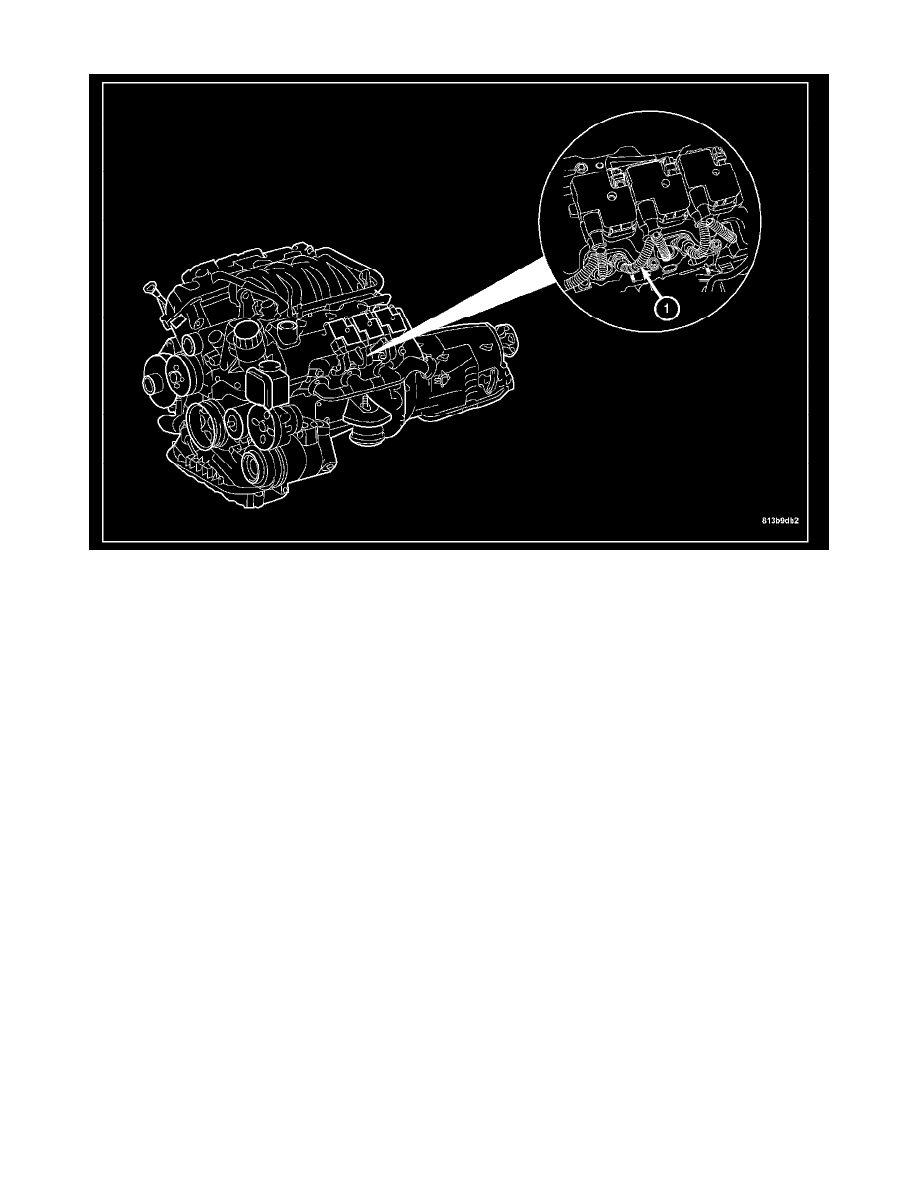Crossfire SRT-6 V6-3.2L SC VIN N (2005)

Ignition Cable: Description and Operation
Spark Plug cables, often referred to as secondary ignition wires, transfer electrical current from the electronic Ignition Coils to the individual spark plugs
at each cylinder. The resistive spark plug cables are of nonmetallic construction. The cables provide suppression of radio frequency emissions from the
ignition system.
Check the spark plug cable connections for good contact at the coil, and spark plugs. Terminals should be fully seated. The insulators should be in good
condition and should fit tightly on the coil, and spark plugs. Spark plug cables with insulators that are cracked or torn must be replaced. Clean Spark
Plug cables with a cloth moistened with a non-flammable solvent. Wipe the cables dry. Check for brittle or cracked insulation. The spark plug cables and
spark plug boots are made from high temperature materials.
Always remove the spark plug cable by grasping the top of the spark plug insulator, turning the boot 1/2 turn and pulling straight up in a steady motion.
Failure to route the cables properly could cause improper phase-shifting of the spark plugs. Install spark plug insulators over spark plugs. Ensure the top
of the spark plug insulator covers the upper end of the spark plug tube, then connect the other end to coil pack.
